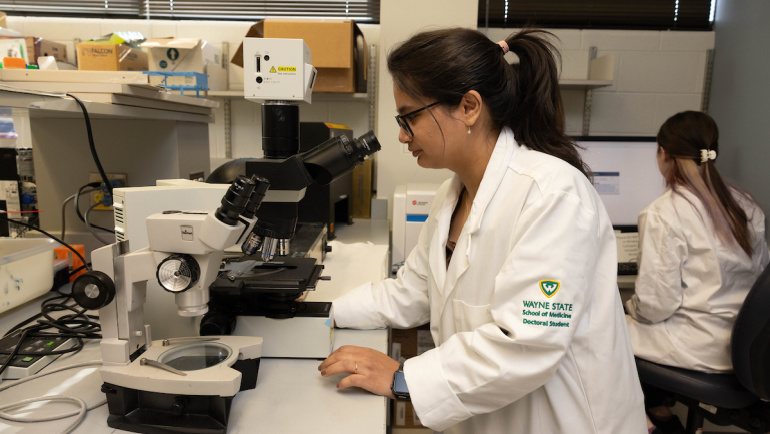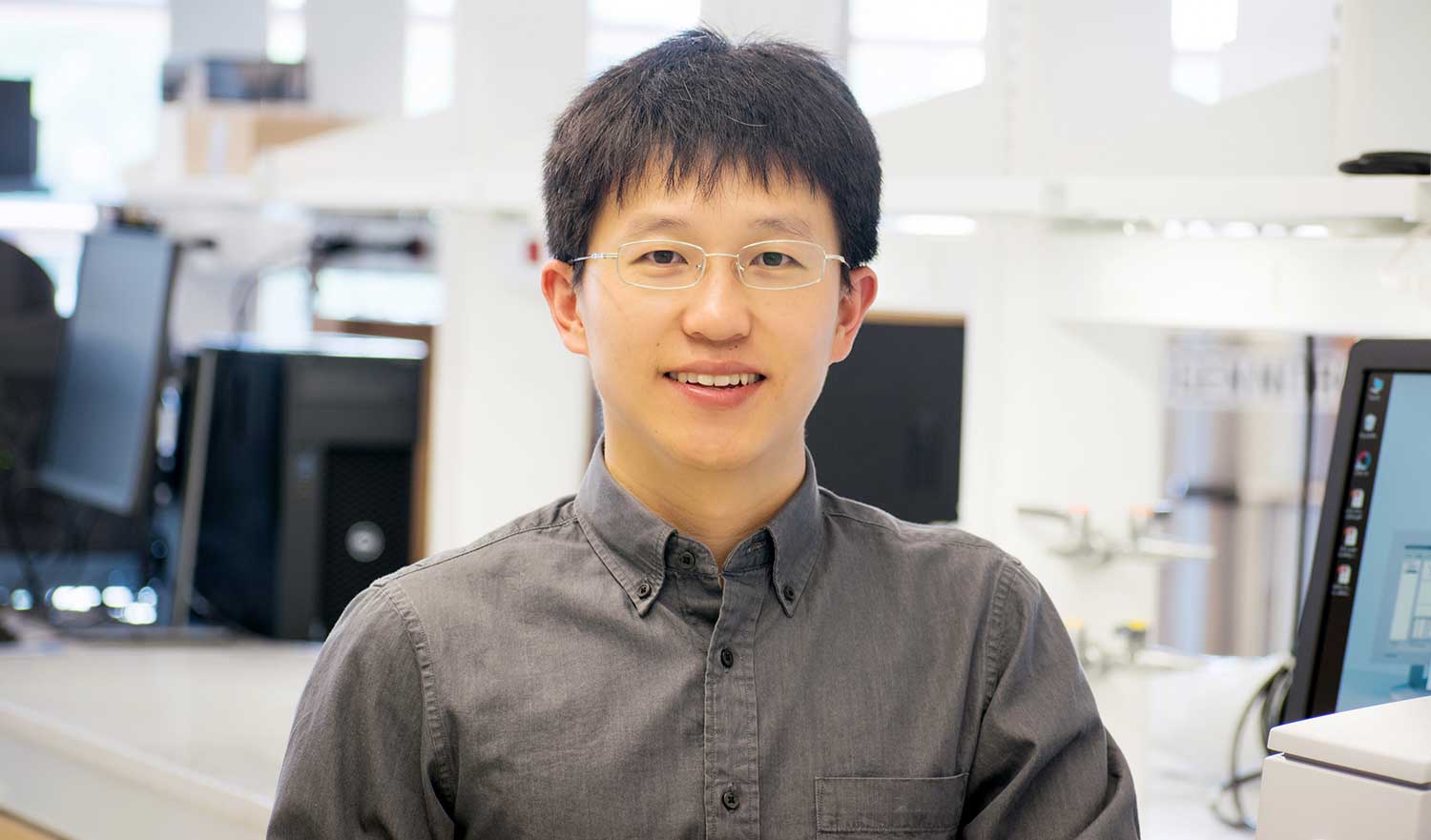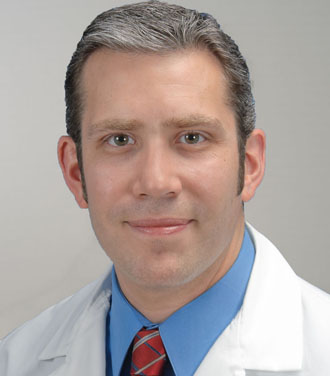
As a top-tier public research university, Wayne State is one of the most productive in terms of research, ranking among top 120 of the 4,000 higher education institutions in the United States. WSU faculty are leaders in the discovery of new advancements, including the innovative use of technology to empower health.
“From the early detection of cancer and strokes to advancing therapy for a potentially debilitating mental health condition, Wayne State researchers are pioneering solutions to some of the most common health problems,” said Vice President for Research Ezemenari M. Obasi, Ph.D. “Armed with top-of-the-line technology, their innovation is helping to provide better outcomes for countless patients, while furthering medicine as a whole.”
A few recent examples of innovative research are:
Measuring cell changes without contact

Measuring cell and tissue changes is a key factor in tracking disease progression. However, traditional methods for measuring such changes are invasive and contact-dependent. Jitao Zhang, assistant professor of biomedical engineering, holds three patents on a novel, non-contact imaging technique called Brillouin microscopy that comprehensively maps cell and tissue changes often associated with early signs of diseases. His research fills a gap in current cancer research and is supported by a prestigious National Science Foundation CAREER award. The grant number for Jitao Zhang’s NSF award is 2339728
Identifying strokes faster

A pilot study published in Academic Emergency Medicine and led by Associate Professor of Emergency Medicine James Paxton has identified a portable medical device that can be used by emergency medical technicians to detect a major stroke while en route to the hospital. The device – the Harmony – incorporates accelerometers into a headset to measure signals in the brain that can be an indicator of neurological concerns. This early indicator can lead to quicker diagnosis and treatment for patients upon arrival at the hospital.
Technology advances mental health therapy

The Department of Defense has awarded a team of researchers a $1.3 million, three-year grant to study the use of augmented reality-enhanced exposure therapy for post-traumatic stress disorder in veterans. The project, led by Associate Professor of Psychiatry and Behavioral Neurosciences Arash Javanbakht, will fine tune the use of augmented reality –an interactive human-computer technology that enables the mixing of virtually created objects with reality – to allow therapists and their patients to safely experience feared objects and situations in a controlled environment as part of exposure therapy. The grant number for Arash Javanbakht’s Department of Defense project is HT9425-24-1-0358.
To learn more about innovative research at Wayne State, visit research.wayne.edu.
